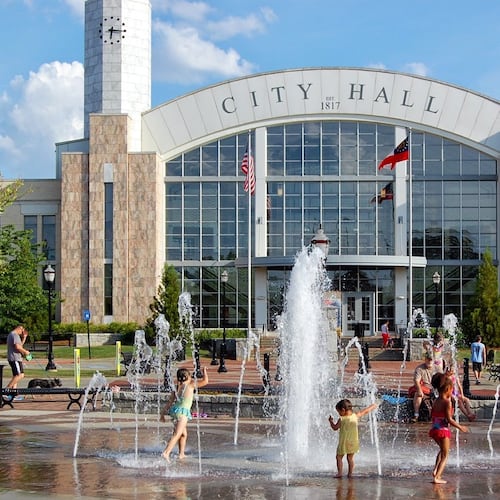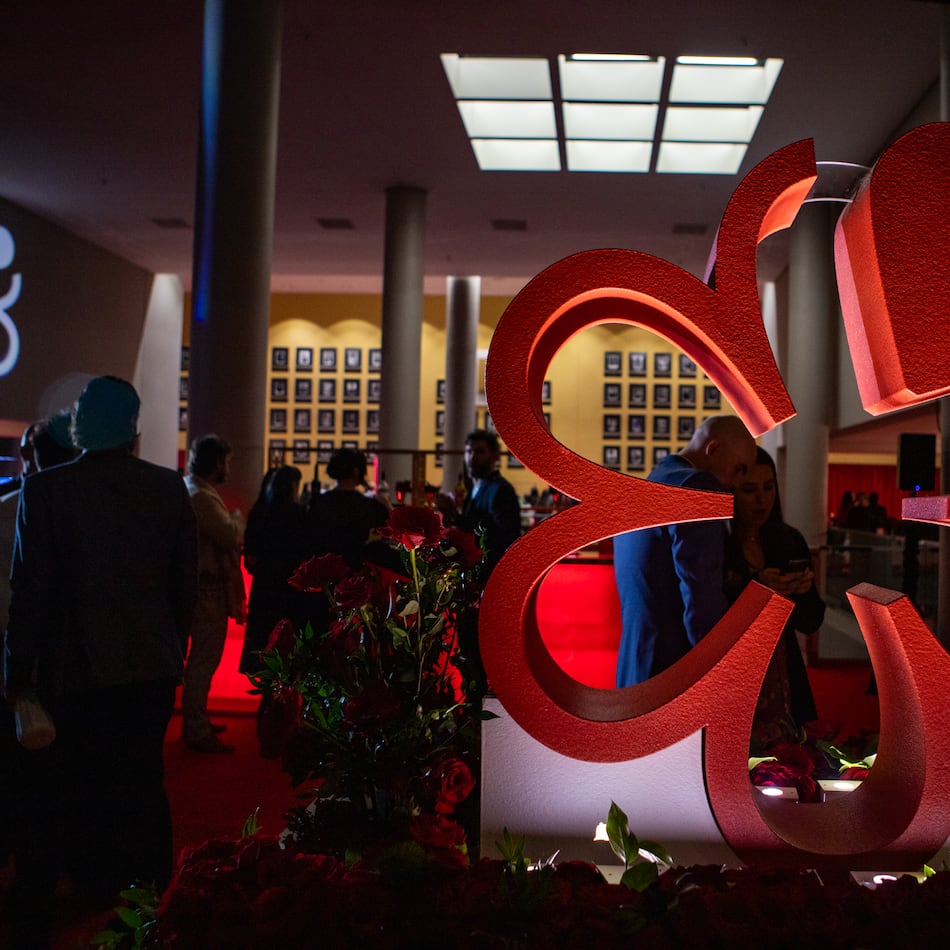Many of us fondly recall a world before social media. We engaged with TV and print ads that were nonpolarizing ways to “Just do it,” “Share a Coke” or answer “Where’s the beef?” The internet and social media revolutionized how we engage with content and each other, including politics.
From the early days of the internet, successful presidential candidates tended to effectively leverage technological advancements. Bill Clinton’s 1992 campaign was the first to use websites, message boards and email to reach voters. By 2008, Barack Obama was the first to campaign on social media. President Donald Trump’s campaign in the 2016 election marked a significant shift in how the internet is used in politics, shaping modern campaigning today.
Brad Parscale, Trump’s digital media manager, played a key role in this change. He used a data-driven approach to send personalized messages to voters, a method called “microtargeting.” User data came from data brokers such as Cambridge Analytica, which illegally collected personalized information from approximately 87 million Facebook users’ for political advertising.
Parscale noted fewer than 15 million people living in the suburbs of seven major cities are key decision-makers in elections. Atlanta is one of these cities, and its suburbs like Cobb County are crucial battlegrounds because of their large, diverse populations.
This means residents are more likely to be targeted by these political campaigns. Regarding the content of these advertisements, Parscale said, “Rage pays,” describing how targeting voters with emotionally charged content can amplify their fears or frustrations.
The use of personal data and microtargeting in political campaigns was effective in 2016, but it was already shaping online media and the world of commerce before that. By 2009, Facebook had introduced a personalized news feed, and Instagram followed suit in 2016. As more of society moved online, it became easier to collect data and enable microtargeting for common use in commerce and campaigning.
Directed strategies make it hard to distinguish regular online content from ads or propaganda. Independent online news outlets often cater to specific political views, which increases emotional manipulation and fearmongering, reinforcing political polarization. We are shown more media that aligns with our preexisting beliefs, reinforcing a confirmation bias, now more than ever.
People also may choose platforms based on their more liberal or conservative views, such as Bluesky or Elon Musk’s X. A trend of media only being allowed in certain spaces is discouraging a bipartisan exchange of ideas and creating a situation where members of the same city or neighborhood exist in entirely different realities.
Harvard Law School professor Cass R. Sunstein argues that the divisive nature of social media is eroding the quality of democracy. He emphasizes the need for citizens to approach disagreements with good faith, a desire to participate and a concern for the nation’s future; qualities that are harder to maintain in an age when people only hear what their data suggests they would like to hear.
Our perceptions of reality are increasingly shaped not by our direct experiences but by the information we consume online. A 2022 Gallup poll found that many Americans mistakenly believed crime rates were rising, despite data showing the opposite. This was especially true among those who opposed the party in power, regardless of political affiliation.
It demonstrates that Americans are increasingly vulnerable to propaganda and misinformation, especially as the ads we’re given are increasingly tailored to our preferences.
This divisive media landscape doesn’t just shape thoughts and votes; it has real-world consequences. For example, there was a recent outbreak of measles that primarily affected an undervaccinated West Texas community. The Texas Tribune states, “Just like the rest of Americans, this community has seen a lot of stories about vaccines causing autism, and that is leading to a lot of vaccine hesitancy, not religion” - a myth that gained traction online during the COVID-19 pandemic. This highlights the power of misinformation in shaping public opinion.
Media literacy is essential for a healthy democracy. We need to critically evaluate the online information we encounter.
The American Psychological Association advises practicing intellectual humility, acknowledging our limited perspectives and potential for errors. This is challenging, as people become more entrenched in their views on controversial issues, like abortion. The APA found that balanced, pragmatic speakers can bridge partisan divides and foster productive dialogue by expressing concern for both sides and offering practical solutions.
Despite its drawbacks, the internet is vital for free speech and activism. Gerald A. Griggs, Georgia’s NAACP President, stated at a Stand for Democracy protest on March 15 that U.S. citizens act as a fourth branch of government, with the power to advocate for their goals.
Online spaces connect people, enabling mass communication and organization outside of government. They connect educational communities; support groups; volunteer networks, such as Hands on Atlanta or Community Bucket, and people with specific interests, like Atlanta Art Enthusiasts and High Contrast art events. On a nationwide scale, social media was largely responsible for organizing the Black Lives Matter movement, spurring the largest series of protests in U.S. history and significantly impacting changes in policing.
The internet can unify or divide, depending on how it’s used. To navigate this polarized digital age, we must prioritize online literacy, intellectual humility and open communication. These tools are essential for maintaining our freedoms and ensuring productive, informed discussions in an increasingly complex online world.
Credit: Contributed/Calder Robinson
Credit: Contributed/Calder Robinson
Calder Robinson is an artist who lives in Atlanta.
About the Author
Keep Reading
The Latest
Featured



